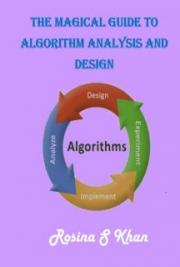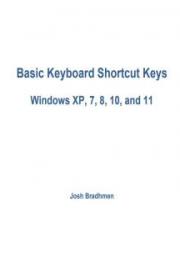NOTES:
CHAPTER 1-2
1 Hoff does not give more detail on the types of applications meant here, but—in the authors opinion—a synchronous mindset and implementation of database I/O can be seen in database connectivity APIs (such as ODBC or JDBC) as well as in
object-relational mappers and it spreads into many applications from these base technologies.
2 The fallacies are cited according to James Gosling’s here. There is some discussion about who came up with the list: the first seven fallacies are commonly credited to Peter Deutsch, a Sun Fellow, having published them in 1994. Fallacy number eight was added by James Gosling around 1997. Though—according to the English Wikipedia—“Bill Joy and Tom Lyon had already identified the first four as "The Fallacies of Networked Computing"” (cf. [Wik10]). More details on the eight fallacies can be found in an article of Rotem-Gal-Oz (cf. [RGO06])
3 When reading and evaluating Stonebraker’s writings it has to be in mind that he is commercially involved into multiple DBMS products such Vertica, a column-store providing data warehousing and business analytics.
4 Further details on these DBMS markets can be found in the earlier released paper “One Size Fits All”: An Idea Whose Time Has Come and Gone (cf. [Sc05])
5 Examples include Friendfeed, Wikipedia, XING, StudiVz/SchülerVz/MeinVz
6 See the next section on Stonebraker’s reception of the NoSQL-movement which goes far beyond criticizing only the term “NoSQL“.
7 E.g. “The ACIDy, Transactional, RDBMS doesn’t scale, and it needs to be relegated to the proper dustbin before it does any more damage to engineers trying to write scalable software”. The opinion expressed here has been softened by the author in a postnote to his blog post: “This isn’t about a complete death of the RDBMS. Just the death of the idea that it’s a tool meant for all your structured data storage needs.” (cf. [Ste09] cited in [For10])
8 He cites an Infinispan director and the vice president of engineering at a company called Loop.
9 Forbes has worked in the financial, assurance, telecommunication and power supply industry.
10 Redis in particular does not offer fault-tolerance and as data is held in memory it will be lost if a server crashes.
11 See e.g. the Wikipedia-article on Sparse arrays
12 Relational Database Service providing cocooned MySQL instances in Amazon’s cloud services.
CHAPTER 3
1 Principles of Distributed Computing
2 In such a scenario there can be further (slave) nodes to which datasets are replicated for availability purposes. But this replications cannot be done asynchronously as data on the replica nodes has to be up to date instantaneously.
3 The memcached API provides the operations get(key), put(key, value) and—for reasons of completeness— remove(key).
4 Least recently used
5 W can be set to zero if a client wishes to write in a non-blocking fashion which does not assure the client of the operation’s success.
6 Bloom filters, as described by Burton Bloom in 1970 (cf. [Blo70]), are probabalistic data structures used to efficiently determine if elements are member of a set in a way that avoids false-negatives (while false-positives are possible).
CHAPTER 4
1 To meet requirements in the average or median case plus some variance is good enough to satisfy more than the just majority of users according to experience made at Amazon.
2 i.e. the next node on the ring in clockwise direction from hash(k)
3 These assumptions cannot be seen in the illustration of figure 4.2 but are only contained in the textual description by DeCandia et al. (cf. [DHJ+ 07, p.







